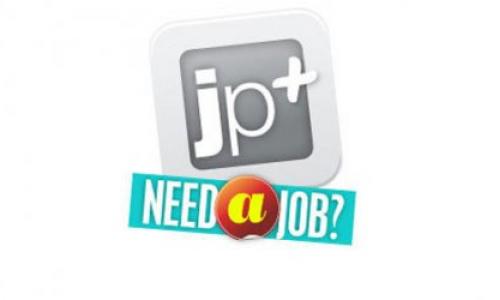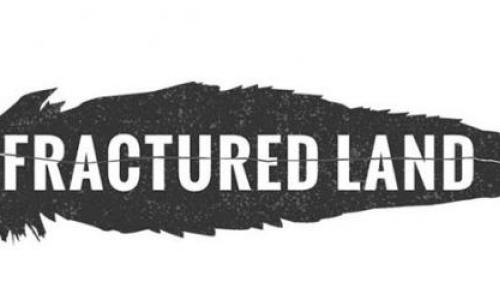
Establishing effective forms of language maintenance during a period in time when many First Nations people have already adopted the dominant language and therefore, do not speak their traditional language requires the inclusion of current technologies in order to reach a larger scale of the First Nations population. The most effective tool for language maintenance is mother to child transmission, however, many of today’s Indigenous mothers do not speak their language fluently or at all, so transmission in this manner is impossible. In order to place Indigenous women in the position to accomplish this, the first step is female empowerment within the technological landscape.
Due to the patriarchal policies of the Indian Act, Indigenous women were placed in a position that left them with few choices. “[A] woman’s status was entirely dependent on their husband. As is explicitly stated in Section 12 (1)(b) of the Indian Act, “‘a woman who married a person who is not an Indian… [is] not entitled to be registered’”(Indigenous Foundations, 2009). This policy was at the forefront for the disempowerment of Indigenous women. Its effects are felt to this day.
In order to work against those effects, new technologies provide the possibility of reaching more women, on a grander scale. Empowering Indigenous women to take advantage of technologies available to them in an organized manner, will begin to offset the damaging effects of the Indian Act, and provide them with a platform for gender, racial and cultural empowerment.
Organized Indigenous women who can determine:
a) the type of information they need,
b) the way that information is presented and
c) the concrete means required for that information to be accessed and used (Huyer & Sikoska, 2003, p. 9), will provide other Indigenous women with the tools to maintain their languages within their communities.
Because Indigenous women understand that needs vary across nations, because they understand the history of colonization and its effect, because they understand epistemological frameworks associated with language maintenance, because their experiences are so interconnected, Indigenous women must organize in such a way that facilitates the collective empowerment of the whole. This will ensure their roles as transmitters of language are not lost forever, and instead are manoeuvred to effectively utilize the tools of the modern world for the maintenance of their roles and languages.
There are communities across the globe that are utilizing technology in such a way that is facilitating language maintenance that work as effective models for Indigenous women. A case study demonstrates how the Arwarbukarl Community in Australia has developed database software that is aiding in the survival and resurgence of their language.
This technology includes, “[a] variety of interfaces to the language data repository, including a multimedia dictionary and indexing by linguistic/cultural features that are complemented by the ease of producing printed materials such as word lists and illustrated dictionaries” (McKenny et al., 2007, p. 193/4). These kinds of technologies have the ability to extend to more remote communities as computer programs without the necessity of internet access. It would then become a matter of teaching women in these communities to use these programs and utilize their roles in such a way that technology can become a tool for role fulfillment.
Another model worth examining is an internet site created by and for Tongans who live in different areas of the globe. Its purpose was to allow Tongans to learn and use their language with other Tongans.
It was a discussion forum that saw success with approximately 500,000 hits a month during its peak. “[T]he technologies which make feasible these new virtual communities will allow existing dispersed ethnic communities to find new means of support, persistence, and governance” (Lee, 2006, p. 155). For Indigenous people who live away from their communities, many in urban centres, community sites that focus on language use and maintenance have the potential to be far reaching and effective. One of the existing issues associated with language loss is the urbanization of Indigenous people. Similar sites could provide, not only, benefits for language learning and maintenance but also, the sense of community within their own nations that is vital to the Indigenous experience.
Returning now, to the previously mentioned determinations for Indigenous women's empowerment, it is possible to begin to deconstruct, just what is required for Indigenous women to create similar models in order to fulfill their roles in the process of language maintenance.
The first determination is, ‘the type of information they need’. Looking at the first example and breaking down what is needed to build database software that facilitates language learning and maintenance, it is evident that what is needed is data compiling. Indigenous women first have to transfer their languages through community engagement with fluent speakers of the language into written text, where possible, in order to create computer programming that includes a data repository. Where written forms of language are not available, they then need to compile audio data and adjust data repositories accordingly.
The second determination is, ‘the way that information is presented’. This coincides with audio files versus written. This is also where Indigenous women would determine the epistemologies associated with their specific nations. “Constructing effective learning environments will require that Indigenous technologies be engaged, valued, and nurtured rather than submerged under dominant technological hegemonies” (Hermes et al., 2012, p. 395). This is crucial when considering technology for Indigenous learning. In order for technology to benefit Indigenous language projects and function as a source of decolonization, it must also reflect Indigenous pedagogies or else it will simply become another source of assimilation. This is where the role of Indigenous women is absolutely necessary. In order for these language models to be effective for entire nations of Indigenous communities, the teaching and learning environments within these programs, must reflect each individual nation’s culture and traditions.
The final determination is, ‘the concrete means required for that information to be accessed and used’.This is the determination that will require significant effort and persistence. Much of it relies on funding and partnerships as well as changes in public policy. However, that being said, several groups of organized Indigenous women have the ability to brainstorm effective means of accomplishing these kinds of tasks. For instance, working with universities, approaching various corporate sponsors, creating their own or approaching non-profits, offering scholarship incentives for Indigenous women in the computer sciences, the list could go on and on. It is simply a matter of Indigenous women coming together to make it happen.
By focusing on technology as a source of empowerment for Indigenous women, as well as a tool for the maintenance of their languages, it is clear that the possibilities are endless. Numerous models throughout the world have taken advantage of ICTs (Information Communication Technology) in order to accomplish this. By evaluating existing models and building upon those ideas, Indigenous women have more opportunities than ever before to reclaim their inherent roles within their communities. Close examination of such technologies have the ability to facilitate a rebirthing of Indigenous language keepers, provided Indigenous women work together to see that it is accomplished in such a way that nurtures Indigenous values and cultures.
References
Hermes, M., Bang, M., & Marin, A. (2012). Designing Indigenous Language Revitalization. Harvard Educational Review , 82 (3), 381-402.
Huyer, S., & Sikoska, T. (2003). Overcoming the Gender Digital Divide: Understanding ICTs and their Potential for the Empowerment of Women. INSTRAW Research Paper Series , 1, 1-34.
Indigenous Foundations (2009). The Indian Act. Retrieved 05 09, 2014 , from The University of British Columbia: http://indigenousfoundations.arts.ubc.ca/home/government-policy/the-ind…
McKenny, D., (2007). Towards an Indigenous Language Knowledge Base: Tools and Techniques from the Arwarbukarl Community in Dyson, L. E., Hendriks, M., & Grant, S. (192-196). Hershey, PA: Information Science Publishing.
















